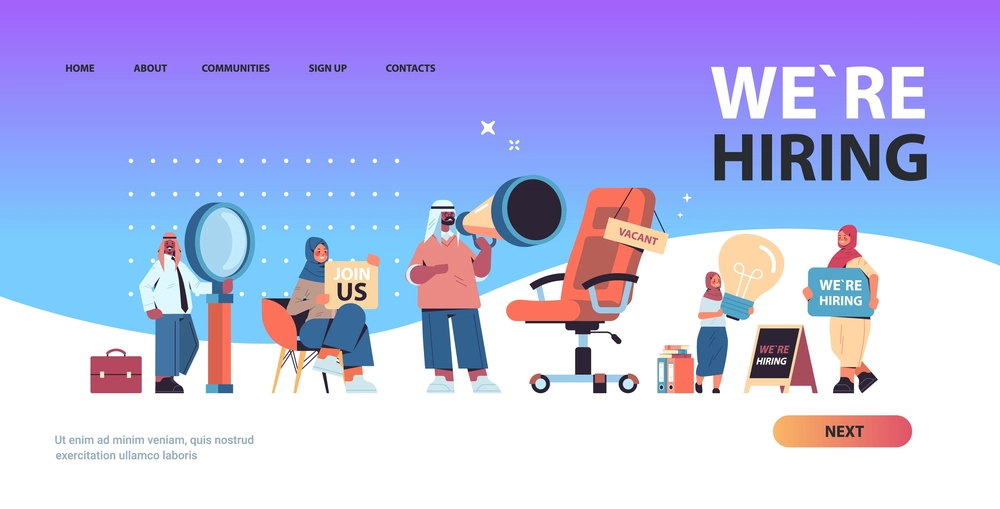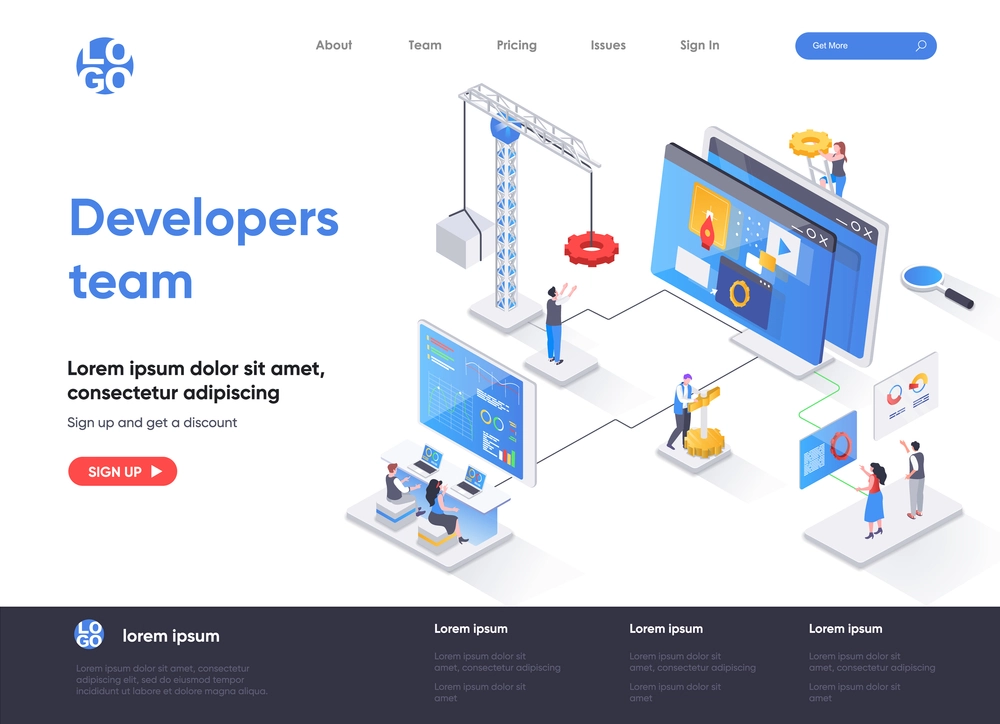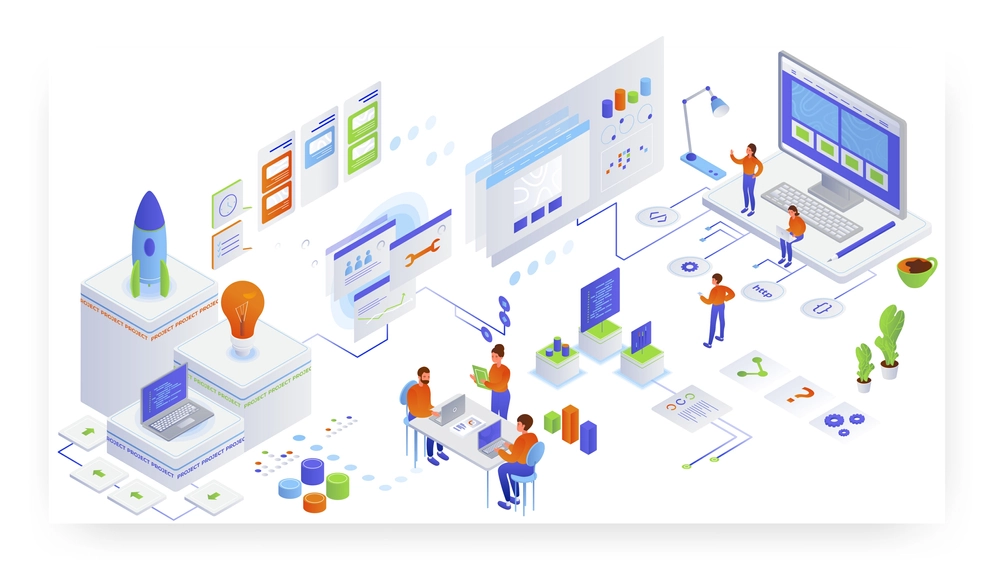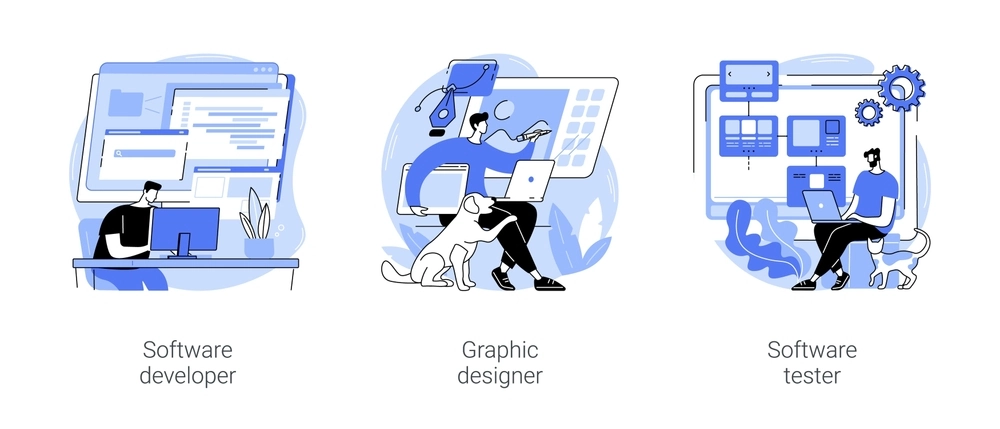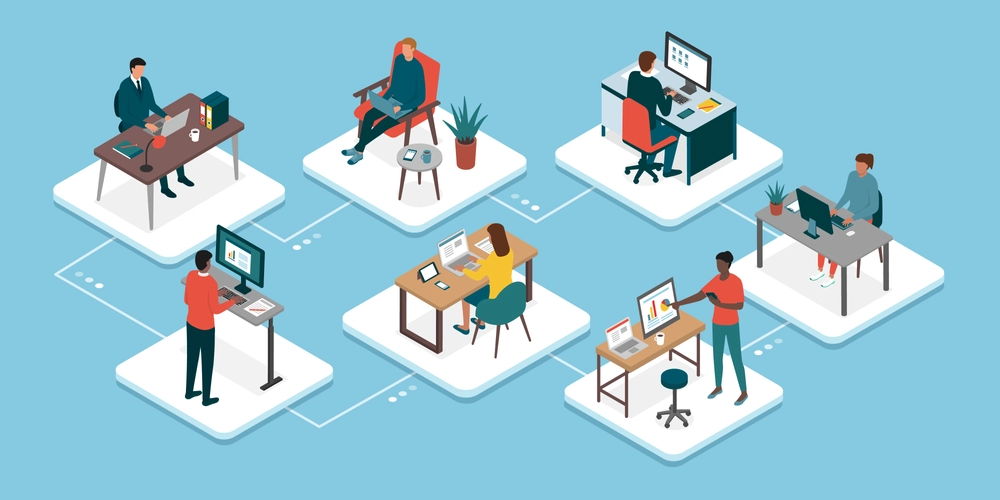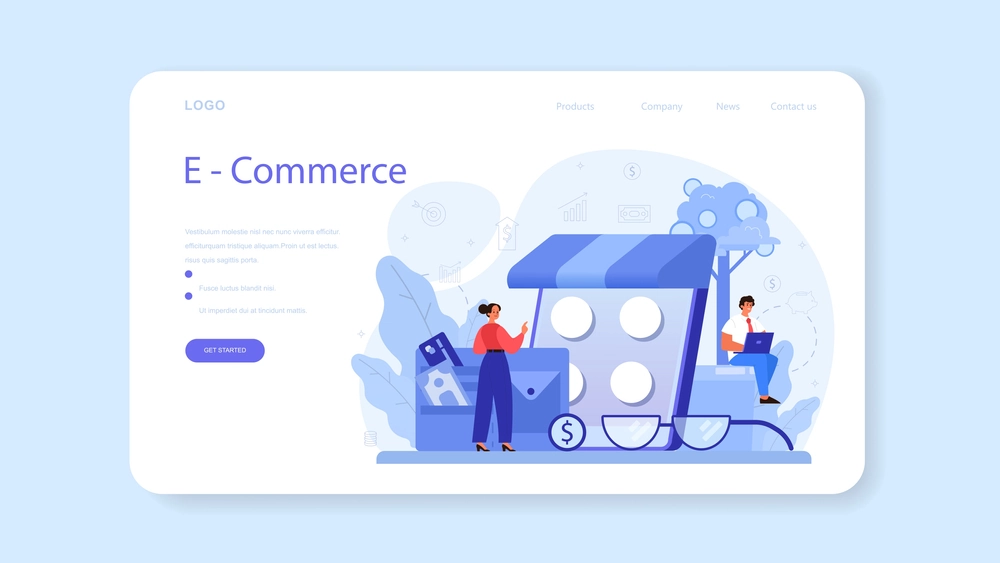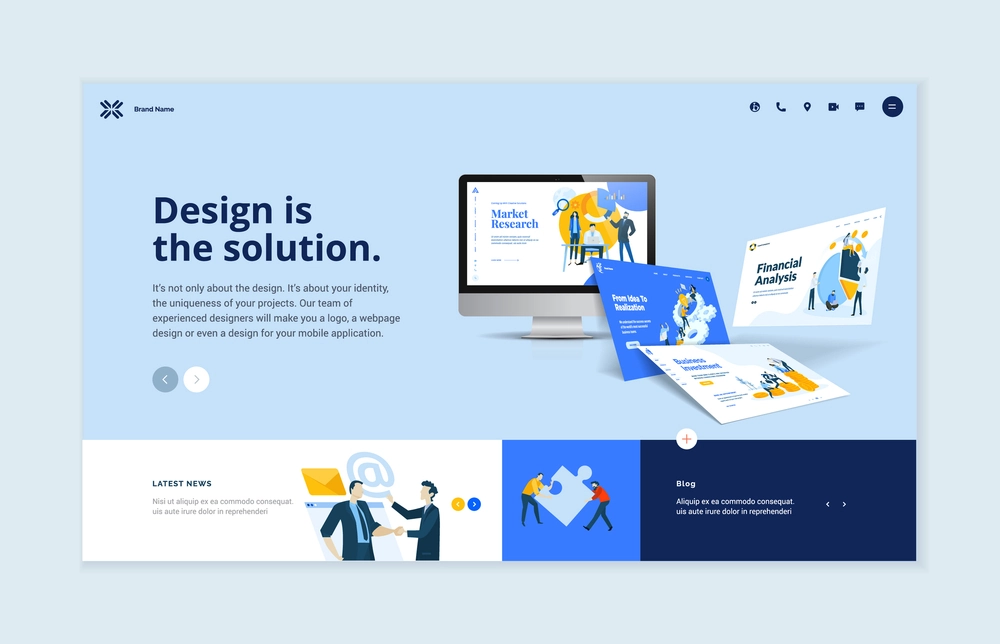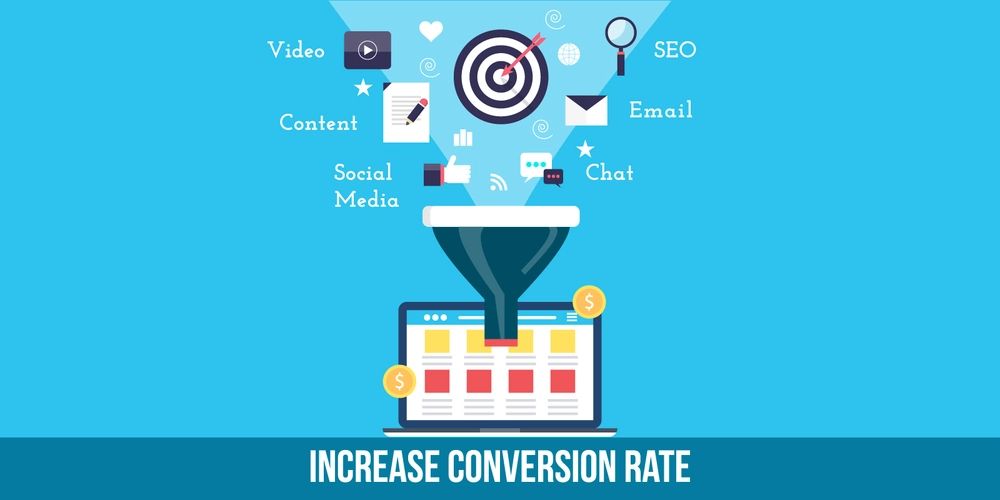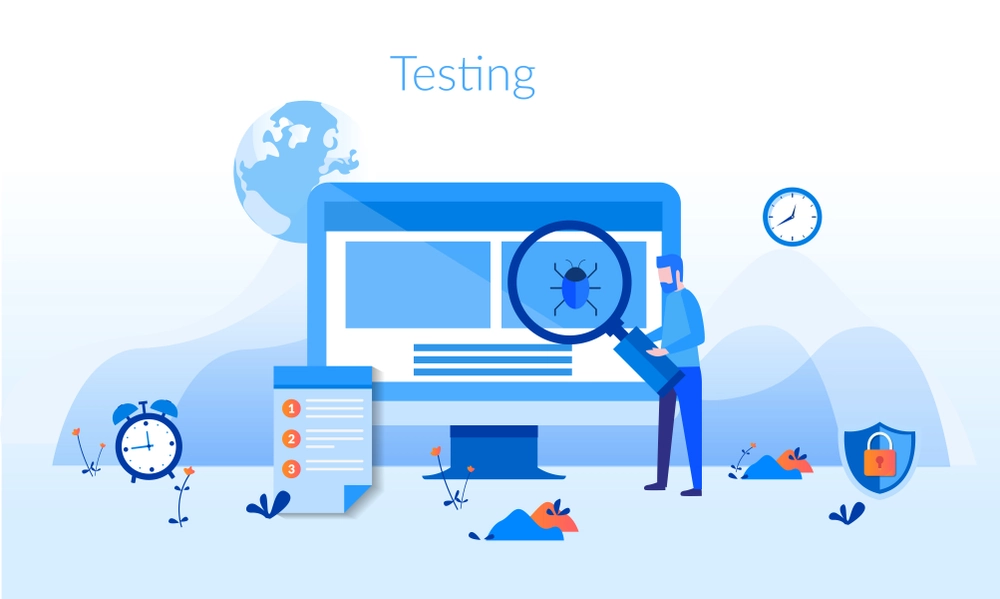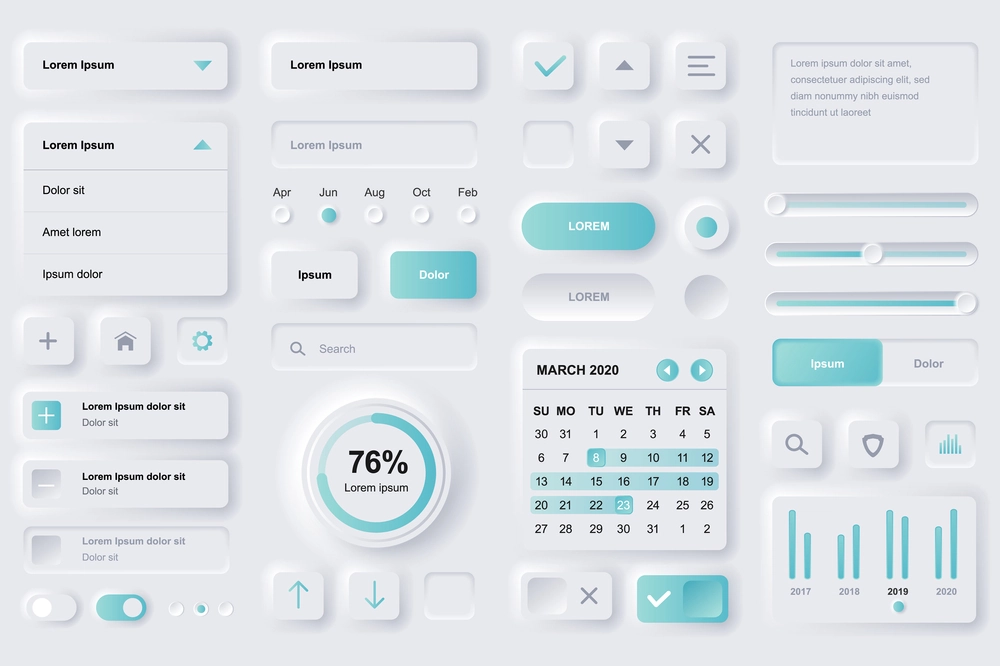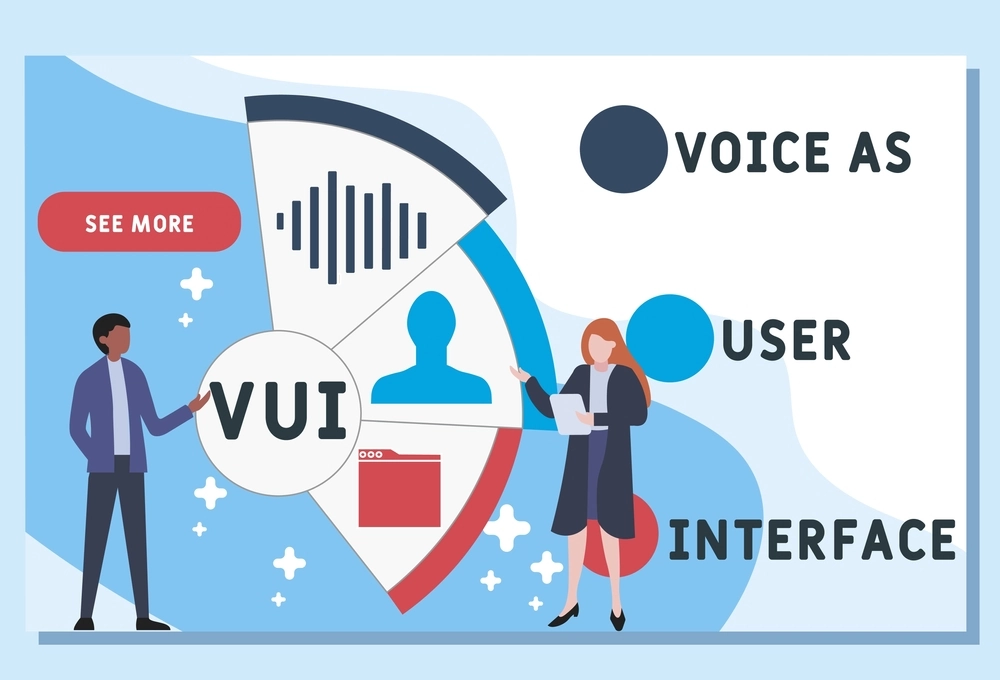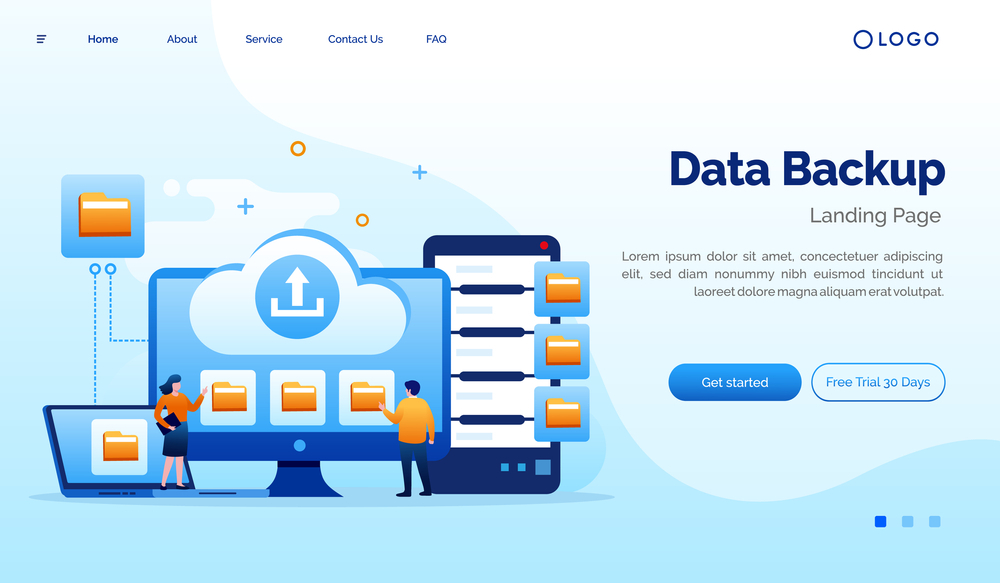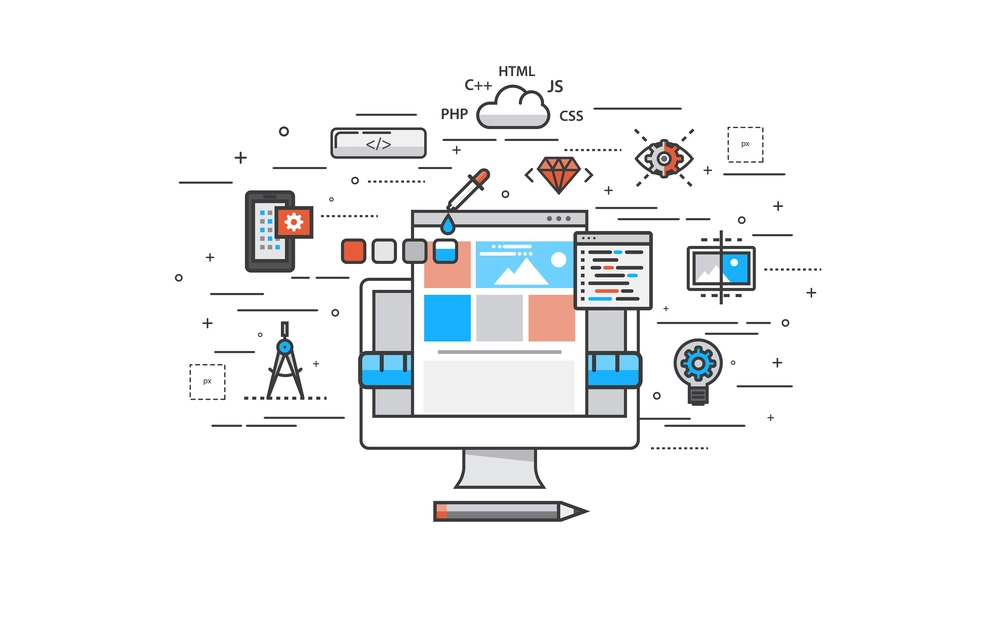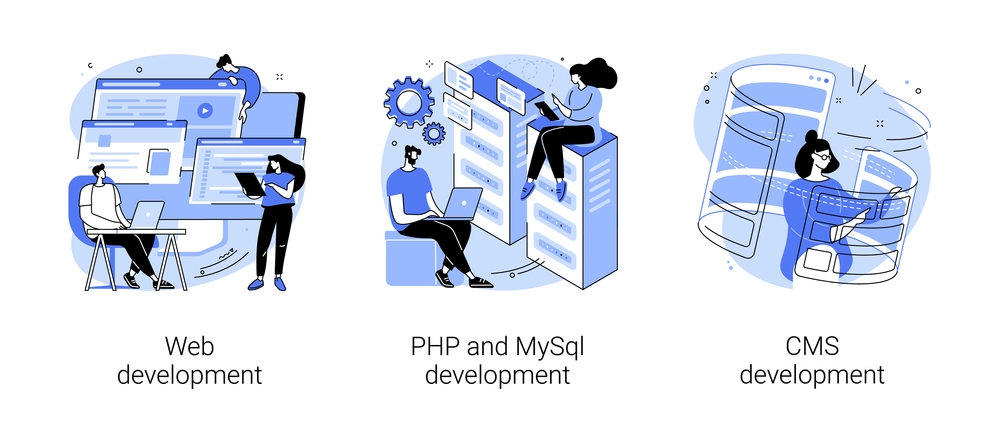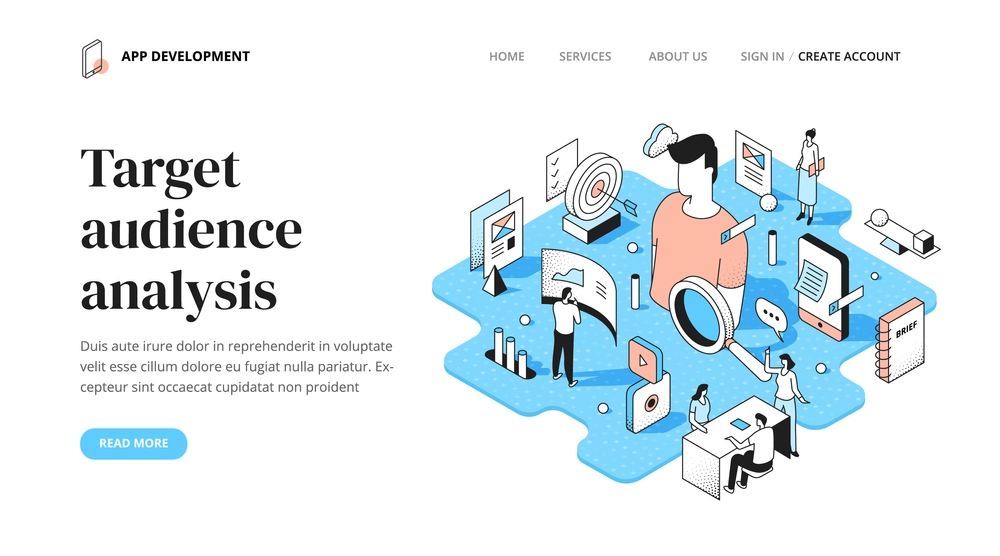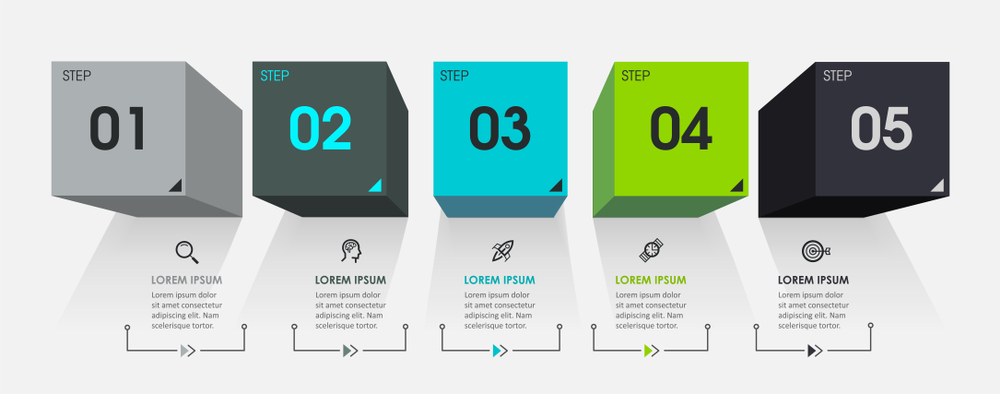How Can You Integrate Custom CSS Into WordPress Mes? Have you been struggling to incorporate custom CSS into your WordPress website but needed help figuring out how? There’s an easy solution even non-tech people can implement!

Child Themes to Edit CSS:
Once you’ve downloaded a theme on your website and want to make some modifications. Using a child theme is recommended as one way of making those adjustments. WordPress developers frequently modify themes to accommodate design changes and address bugs regularly.
This method offers an easy and efficient way to incorporate customized CSS into WordPress. Allowing you to see exactly where any modifications were made on an example page.
With the latest version of WordPress, it is now possible to incorporate custom CSS directly into the administrator section.
However, professional developers understand the significance of child themes.Therefore, they often incorporate these aspects of childhood into the larger theme.
How can I include custom CSS on the WordPress Dashboard?
Navigating to Appearance
Theme Editor and selecting a child theme you would like to edit from the list at the top right-hand corner. Selecting Stylesheet (style.css), edit as necessary, pasting code into the bottom of the file before saving modifications.
- Utilize plugins to add custom CSS to WordPress.
- Utilizing plugins is considered the easiest and fastest way to add customized CSS to a WordPress website.
- Here are a few plugins that will assist in adding customized CSS to WordPress.
Simple Custom CSS and JS:
This plugin can help WordPress developers quickly create customized CSS to meet their individual needs. With features including customized control and syntax highlighter, an easy user interface, and more.
Custom CSS and JavaScript:
Another essential WordPress plugin allows developers to apply customized CSS across an entire website. Furthermore, this plugin supports multiple languages – which sets it apart from similar solutions.

AccessPress Custom CSS
AccessPress Custom CSS allows developers to add customized code, like PHP, HTML or even plain text, into AccessPress sites for easier development and management. The plugin enables you to easily modify specific elements on your site, such as widget areas, titles of pages or posts, and the content of articles across pages and beyond.
Custom CSS for Post-Page Pages.
I am looking for a plugin that enables users to preview changes before publishing the website. Look no further – this one’s perfect. Create a Custom CSS Manager within WordPress admin to include customized CSS code snippets directly on WordPress websites.
This plugin offers many features, including live preview and an easy uninstallation process, but its most attractive trait is no configuration needed to install this plugin.
Child Theme Configurator plugin
Child Theme Configurator can help make creating and customizing individual themes for WordPress simpler than ever! Creating custom styles requires exploring specific CSS classes derived from parent stylesheets, which may be daunting for WordPress novices. However, Child Theme Configurator offers an easier solution enabling you to customize child themes within WordPress.
Edit CSS with WordPress Customizer
An alternative way to edit CSS using Theme Editor would be the Customizer feature under Appearance > Customize in the WordPress backend. You’ll be able to access a live preview of your website while having options left available to change elements such as colours, menus and widgets.
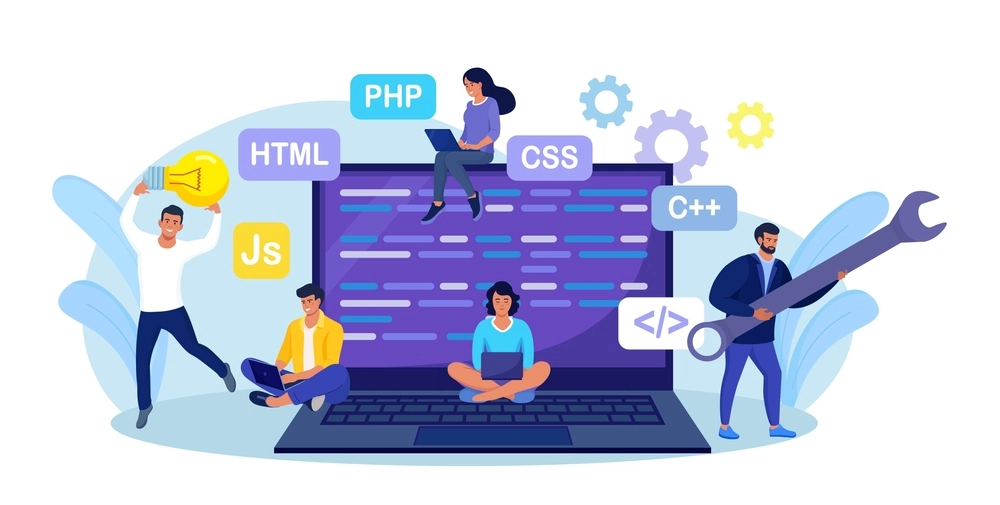
At the bottom of this menu is an additional CSS option.
Launch it by clicking its name; this will take you to a page with an input box for code entry and instructions, with an additional CSS screen which provides syntax highlighting similar to Theme Editor and validation features to inform you when any inputted code is invalid.
All code you generate automatically appears in the preview section on the right, barring any potential issues (though you may decide to publish regardless).
Once your code is complete, it can be released or scheduled for implementation with a date set for its go-live or saved as a draft to work on later. An overview hyperlink may also be useful to show other users.
As is evident, the Additional CSS site far surpasses Theme Editor in terms of providing users with an alternative way of adding code without manipulating core files directly.
One downside of switching themes is that if you want to add custom CSS, all your work may need to be recovered. Make sure you back up your CSS before switching, or you risk spending lots of time rewriting what was lost!
Conclusions:
For beginners or those with limited technical proficiency, plugins may be best. As soon as you gain more experience, other methods could be utilized to add customized CSS into your website’s CSS files – although, for optimal assistance, it would be wise to contact a web development company for this process.


